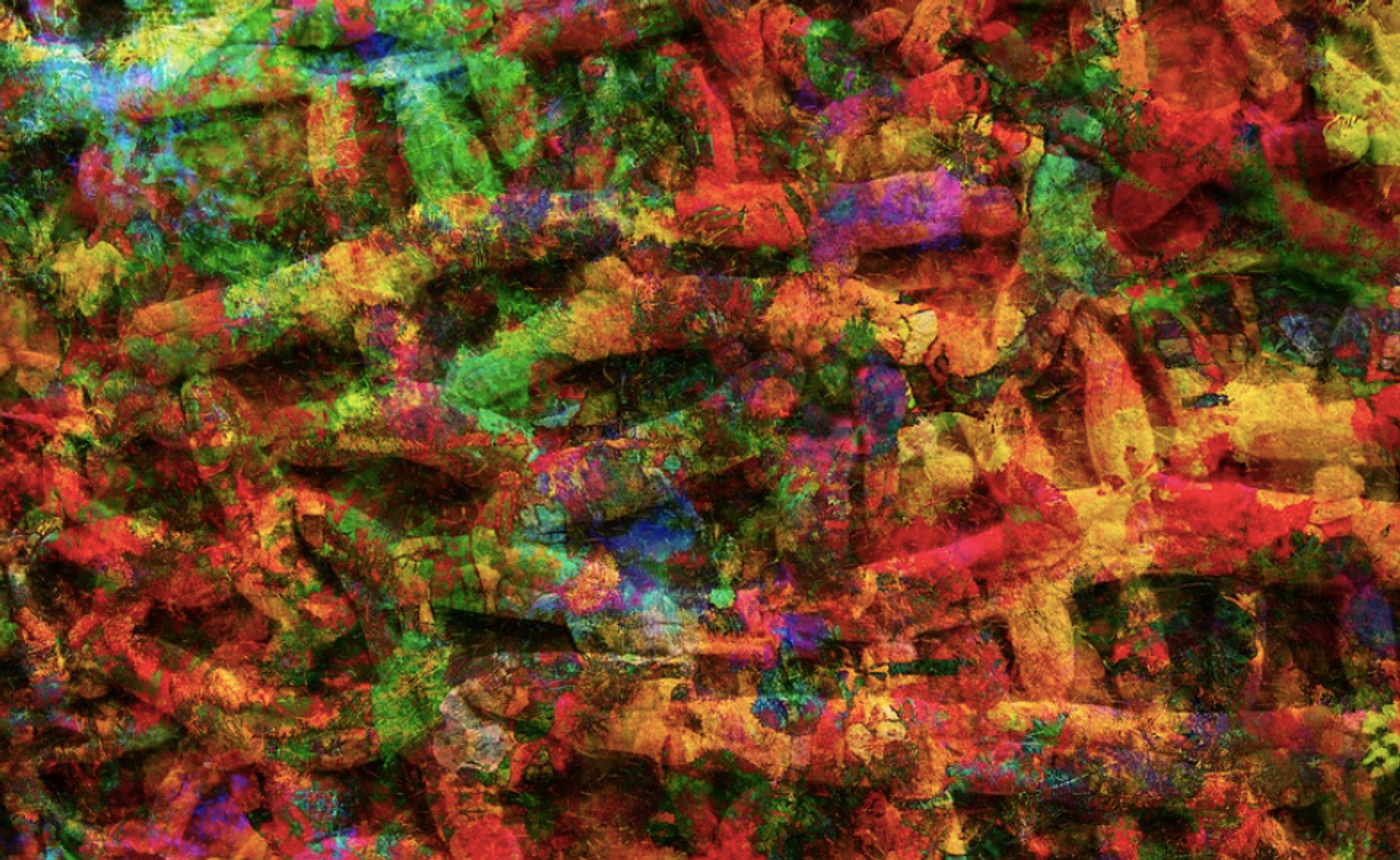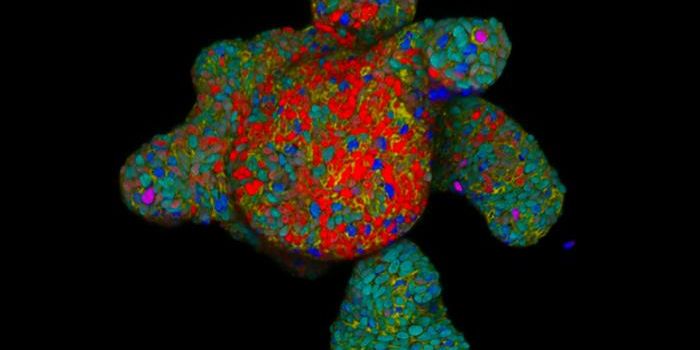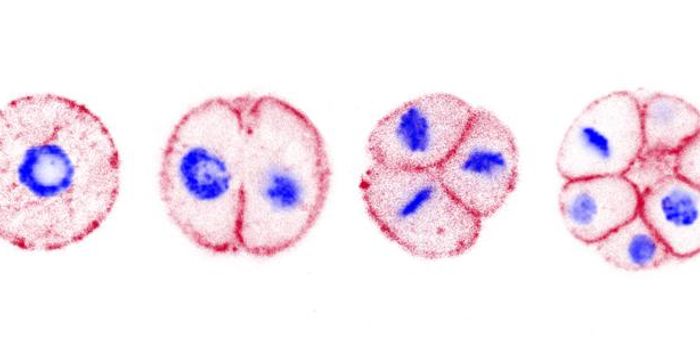Researchers Reveal New Details of the Genetics of Spina Bifida
During the development of a human embryo, a structure called the neural tube grows and will eventually give rise to the brain, spinal cord, and surrounding tissues. But when problems in this process arise, and the neural tube fails to completely close, it can lead to as birth defect in which the spinal cord and spine doesn't properly form, called spina bifida. This condition can range from mild to severe, and the severity depends on the size of the opening left in the neural tube. Scientists are still working to determine what causes spina bifida, but new research has revealed some genetic factors that are involved in this disorder. The findings have been reported in Science.
While a handful of genetic mutations have been identified that can lead to spina bifida, they don't explain most of the cases.
This study has shown that spina bifida is associated with a common chromosomal microdeletion in a region of chromosome 22, which is found in about one in every 2,500 live births. The risk of spina bifida is increased by ten times in carriers of this microdeletion compared to non-carrriers. This microdeletion is called 22q11.2del, and it leads to the loss of several genes. It has also been associated with some other disorders. The investigators began to use genetic sequencing to look for 22q11.2del in spina bifida patients with severe cases of the disease.
"We identified 22q11.2del in six out of 715 patients. This may not seem a high percentage, but this is by far the most common single genetic variation that could contribute to spina bifida," noted senior study author Joseph G. Gleeson, MD, of the UC San Diego School of Medicine Department of Neurosciences and the Rady Children's Institute for Genomic Medicine.
After assessing 1,500 individuals who carried the 22q11.2 deletion, eight additional spina bifida patients were also found, added Gleeson.
Next, the scientists searched through the genes that were removed from the genome when the microdeletion occurrs. After studying nine candidate genes by selectively removing each one from a mouse model, they identified a gene called CRKL. At the same time, a colleague had noticed that mice that lacked the mouse version of the CRKL gene had spina bifida symptoms, and contacted Gleeson.
"This finding really got us excited because it meant that CRKL disruption might be sufficient for spina bifida," said co-first study author Keng Ioi Vong, PhD.
Additional confirmatory experiments were performed to show that a CRKL deletion can lead to spina bifida. Since it is also known that folic acid can reduce the chances of spina bifida, the researchers removed folic acid from the food of a mouse model in which the CRKL gene had been removed. The severity of the resulting spina bifida in offspring increased dramatically.
"This suggests that folic acid taken by pregnant women may not only reduce the risk, but also the severity of neural tube defects in their offspring," noted Vong. (Researchers are still trying to learn how folic acid is related to spina bifida.)
"We hope our findings can help the research community to better understand causes of neural tube defects, especially the causes attributable to common genetic findings like 22q11.2 deletion," Gleeson said. "We also hope our findings can contribute to healthy pregnancies, improved women's health, and improved outcomes for children."
Sources: University of California - San Diego, Science









